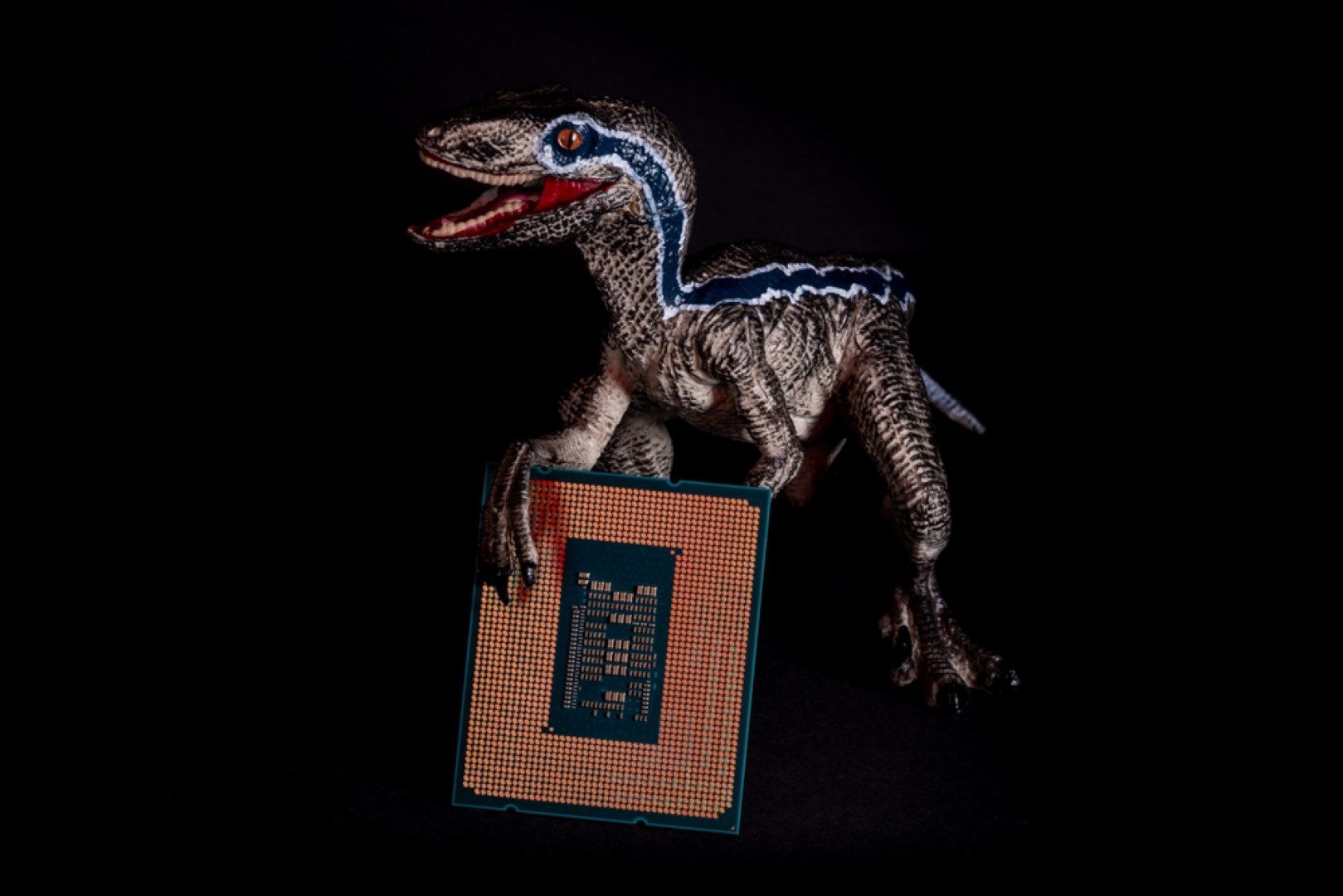What is nuclear fusion and tokamak
Unlike the traditional nuclear energy we currently use, which splits the core, nuclear fusion causes atomic nuclei to fuse together, releasing large amounts of energy. This process requires intense heat and high pressure, like in stars. Since we can’t keep the pressure high enough on Earth, we have to compensate by increasing the temperature. To do this and not melt everything around, special tokamak reactors are used.
A tokamak is a special type of nuclear fusion reactor that uses currents to force plasma through a large hollow ring. Magnetic fields inside keep this hot cloud of charged particles away from the reactor walls because the red-hot plasma is prone to instability. This is due in large part to the strict limitation of electron density. A higher density will cause more reactions and more energy.
What did scientists do?
Thanks to the efforts of a team of researchers from the University of Wisconsin, previously theoretically predicted Fusion barrier in tokamaks, known as the Greenwald limit, has been exceeded tenfoldAlthough the mechanisms behind this electron density limit are still not fully understood, the rule determines the maximum density possible in a heated plasma.
Having a reliable way to overcome this limit means we could take a huge step forward in fusion reactor stability and efficiency, and bring about the day when nuclear fusion could become a practical reality.
Here we present tokamak experiments with electron densities that, unprecedentedly, exceed the Greenwald limit by up to tenfold under steady-state conditions.
– the researchers write in their published article.
The team themselves don’t know exactly how they did it, but they believe two key features of the tokamak help overcome these density limits: thick conductive walls (to stabilize the magnetic fields that manipulate the plasma) and a power source that can be adjusted based on the feedback connection (again, critical for stability).
“The maximum intensity appears to be determined by hardware limitations rather than plasma instabilities,” the researchers write.
For their experiments they used a more powerful reactor than other scientists – it is called the “Symmetric Madison Torus”. Apparently this means that the Greenwald limit is valid only for the reactor in which it is calculated, and is different for other reactors – it will have to be calculated separately for each installation. This also means that we can build reactors according to the desired Greenwald limit: if more energy is needed, let’s build a reactor with the appropriate characteristics.
Questions remain as to why the “Symmetric Madison Torus” is able to operate at such high rates [межі] Greenwald and the extent to which this capability can be extended to more productive devices,
– the authors write.
We must wait
This doesn’t mean that nuclear fusion will be ready for use anytime soon. Scientists still have many problems and limitations to iron out. But this is yet another triumph among tokamak fusion’s recent achievements.
Over the past few years, scientists have been busy building larger reactors, increasing the energy they produce, increasing the time the reaction can be held for, and reaching higher temperatures to keep the reactions going.













